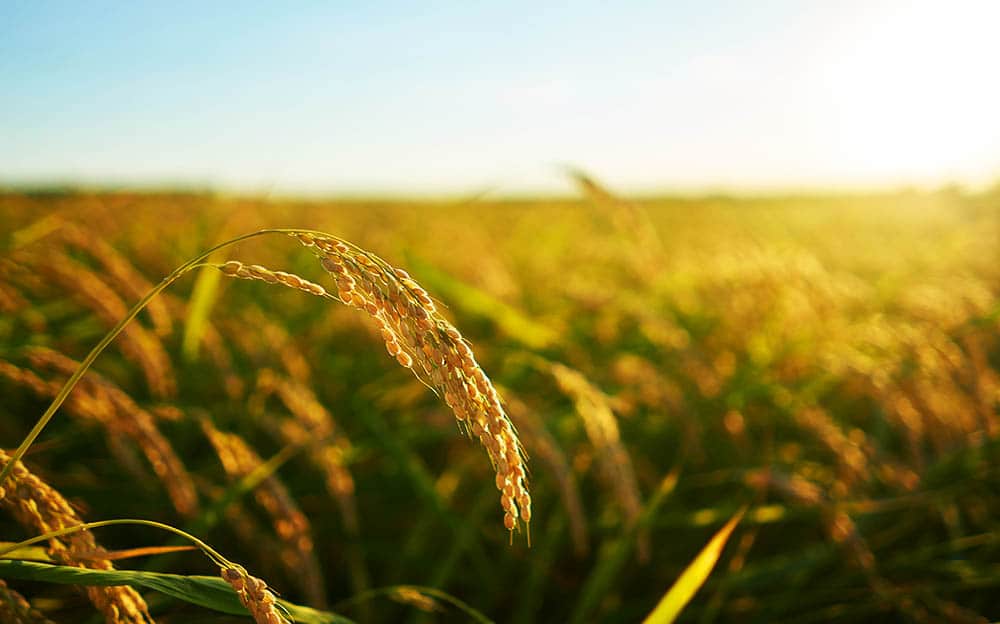The world’s population is expected to reach 9.7 billion people by 2050. This poses a serious challenge for the agriculture industry, which needs to produce enough food to feed the growing population while minimizing its impact on the environment. Fortunately, innovative agricultural techniques are emerging, offering a path to more sustainable and efficient food production.
Vertical Farming: A New Way to Grow Food
One of the most promising innovations in agriculture is vertical farming, which involves growing crops indoors in a controlled environment. By stacking multiple layers of plants on top of each other, vertical farms can produce up to 100 times more food per square foot than traditional farms.
Vertical farms are also much more efficient in terms of water usage. According to the United Nations, agriculture accounts for 70% of global freshwater usage. By growing plants hydroponically, or without soil, vertical farms can reduce that water usage by up to 70%.
In addition to water savings, vertical farming also reduces the need for pesticides and herbicides. This is because the controlled environment inside a vertical farm eliminates many of the pests and diseases that plague traditional farms.
The Rise of AgTech: Using Technology to Improve Agriculture
Another way that agriculture is being revolutionized is through the use of technology. Agriculture technology, or AgTech, is a growing market that is set to reach $22.5 billion by 2025.
One example of AgTech is the use of drones to monitor crops. Drones equipped with cameras and sensors can provide farmers with real-time data about their fields. This can help farmers identify problems early on, such as pest infestations or crop diseases. By catching these issues early, farmers can take preventative measures before they become major problems.
Another example of AgTech is precision agriculture. Precision agriculture involves using data and technology to optimize crop yields while minimizing inputs such as water and fertilizer. By analyzing soil and weather data, precision agriculture tools can help farmers make more informed decisions about when and where to plant crops, and how much fertilizer and water to use.
Organic Farming: A Sustainable Alternative
While high-tech solutions like vertical farming and precision agriculture are exciting, organic farming remains a tried-and-true method for producing food sustainably. Organic farming emphasizes the use of natural inputs such as compost and cover crops to improve soil health and fertility.
Organic farming also typically involves the use of crop rotations and intercropping, in which multiple crops are grown in the same field at the same time. These techniques help to maintain a healthy soil ecosystem and reduce the risk of pests and diseases.
Additionally, organic farming avoids the use of synthetic pesticides and fertilizers, which can harm the environment and pose health risks to farm workers and consumers.
Conclusion
The agriculture industry faces a daunting challenge: to produce enough food to feed the world’s growing population while minimizing its impact on the environment. Fortunately, innovative techniques like vertical farming and precision agriculture, as well as sustainable methods like organic farming, are offering solutions to this challenge.
As consumers, we can support these efforts by choosing sustainably produced food and supporting policies that promote sustainable agriculture. By working together, we can ensure that the world’s growing population has access to healthy, nutritious, and sustainably produced food.
